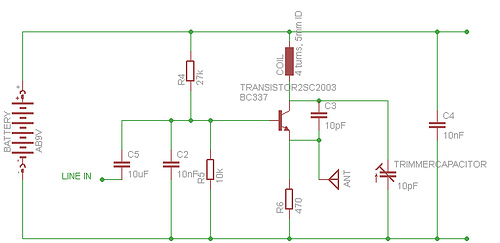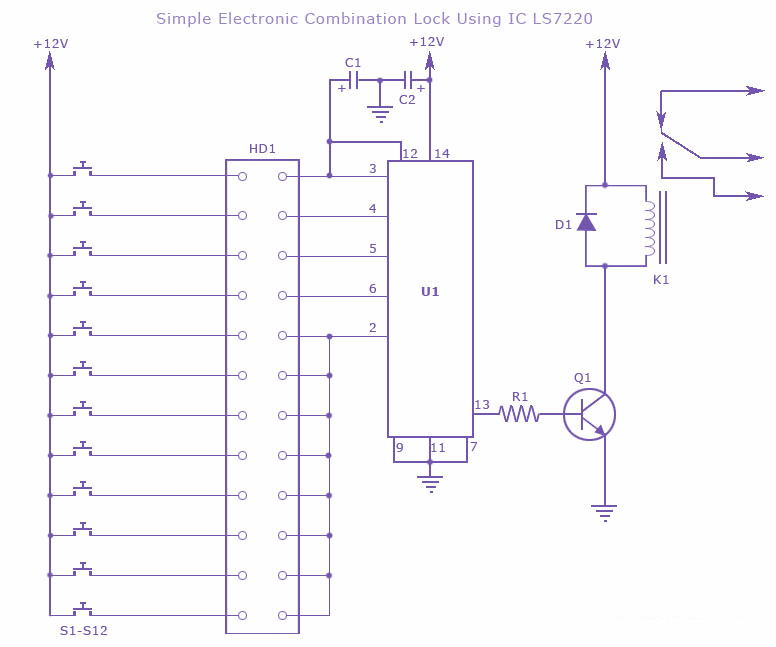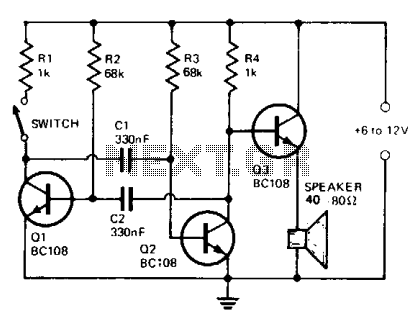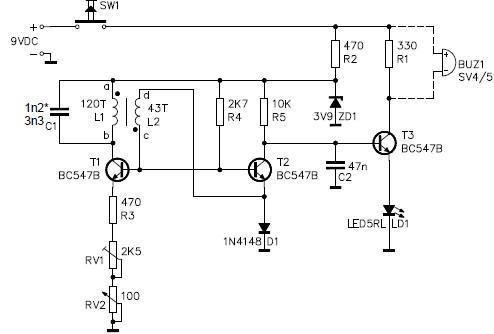
Electronic dice
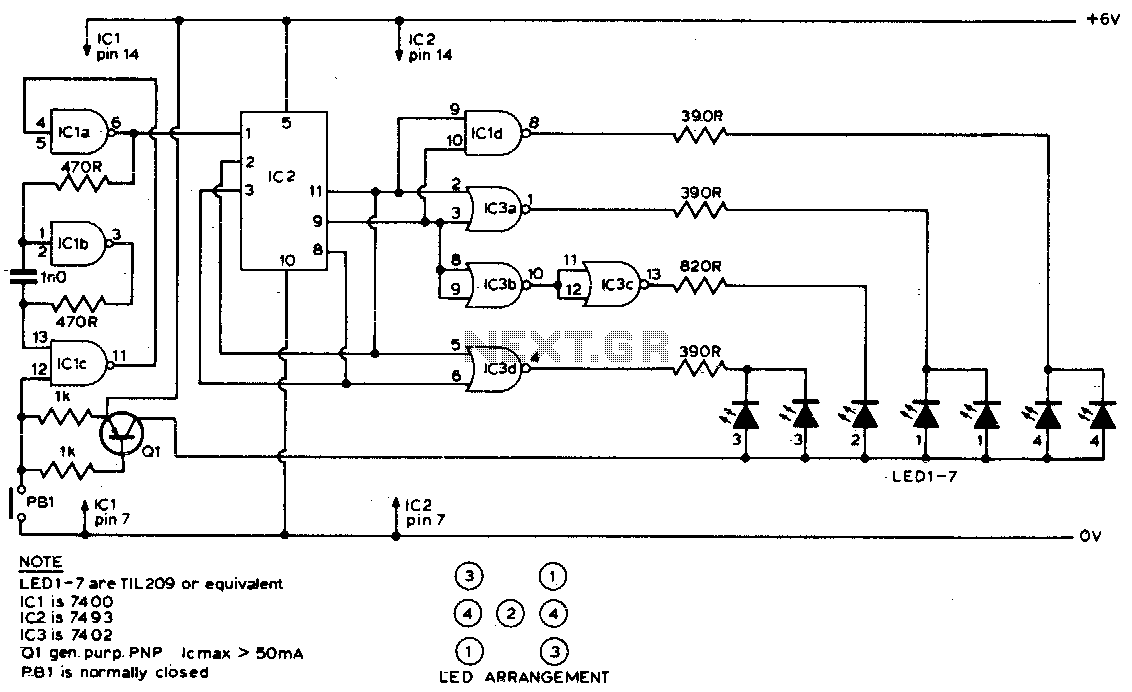
Six LEDs are arranged to create a display that mimics the dots on a dice. When the push button input (PBI) is pressed, the display is turned off, and the oscillator (IC1 a, b, c) drives IC2 at approximately 1 MHz. IC2 counts from zero and resets upon reaching seven. When the PBI is released, the display is activated, and a decoding system (IC3) generates the appropriate output for the LEDs.
The circuit design consists of six light-emitting diodes (LEDs) configured to visually represent the numbers one through six, as found on a standard die. The primary control mechanism is a push button input (PBI), which serves to toggle the display functionality. When the button is pressed, the display is blanked, effectively turning off the LEDs. Simultaneously, an oscillator circuit (IC1) comprising three integrated circuits (IC1 a, b, c) operates at a frequency of approximately 1 MHz. This oscillator provides a clock signal to a counter circuit (IC2), which is responsible for counting from zero to six. Upon reaching the count of seven, IC2 resets back to zero.
Once the PBI is released, the display is re-enabled, allowing the LEDs to illuminate based on the count maintained by IC2. The output from IC2 is processed by a decoding circuit (IC3), which interprets the binary count and activates the corresponding LEDs to represent the current count visually. This decoding system ensures that the correct pattern of illuminated LEDs corresponds to the value displayed on a traditional die.
The overall circuit operates in a straightforward manner, with the oscillator providing a consistent timing reference for counting, while the decoding circuit ensures accurate LED representation of the counted value. This arrangement not only serves as an effective visual display but also as a practical implementation of basic digital counting and decoding principles in electronic design.Six LEDs are arranged to produce a display the same as the dots on a dice. When PBI is depressed, the display is blanked and the oscillator (ICl a, b, c) clocks IC2 at about 1MHz. IC2 counts from zero and resets on seven When PBI is released, the display is enabled and a decoding system (IC3) produces the correct output on the LEDs.
The circuit design consists of six light-emitting diodes (LEDs) configured to visually represent the numbers one through six, as found on a standard die. The primary control mechanism is a push button input (PBI), which serves to toggle the display functionality. When the button is pressed, the display is blanked, effectively turning off the LEDs. Simultaneously, an oscillator circuit (IC1) comprising three integrated circuits (IC1 a, b, c) operates at a frequency of approximately 1 MHz. This oscillator provides a clock signal to a counter circuit (IC2), which is responsible for counting from zero to six. Upon reaching the count of seven, IC2 resets back to zero.
Once the PBI is released, the display is re-enabled, allowing the LEDs to illuminate based on the count maintained by IC2. The output from IC2 is processed by a decoding circuit (IC3), which interprets the binary count and activates the corresponding LEDs to represent the current count visually. This decoding system ensures that the correct pattern of illuminated LEDs corresponds to the value displayed on a traditional die.
The overall circuit operates in a straightforward manner, with the oscillator providing a consistent timing reference for counting, while the decoding circuit ensures accurate LED representation of the counted value. This arrangement not only serves as an effective visual display but also as a practical implementation of basic digital counting and decoding principles in electronic design.Six LEDs are arranged to produce a display the same as the dots on a dice. When PBI is depressed, the display is blanked and the oscillator (ICl a, b, c) clocks IC2 at about 1MHz. IC2 counts from zero and resets on seven When PBI is released, the display is enabled and a decoding system (IC3) produces the correct output on the LEDs.
